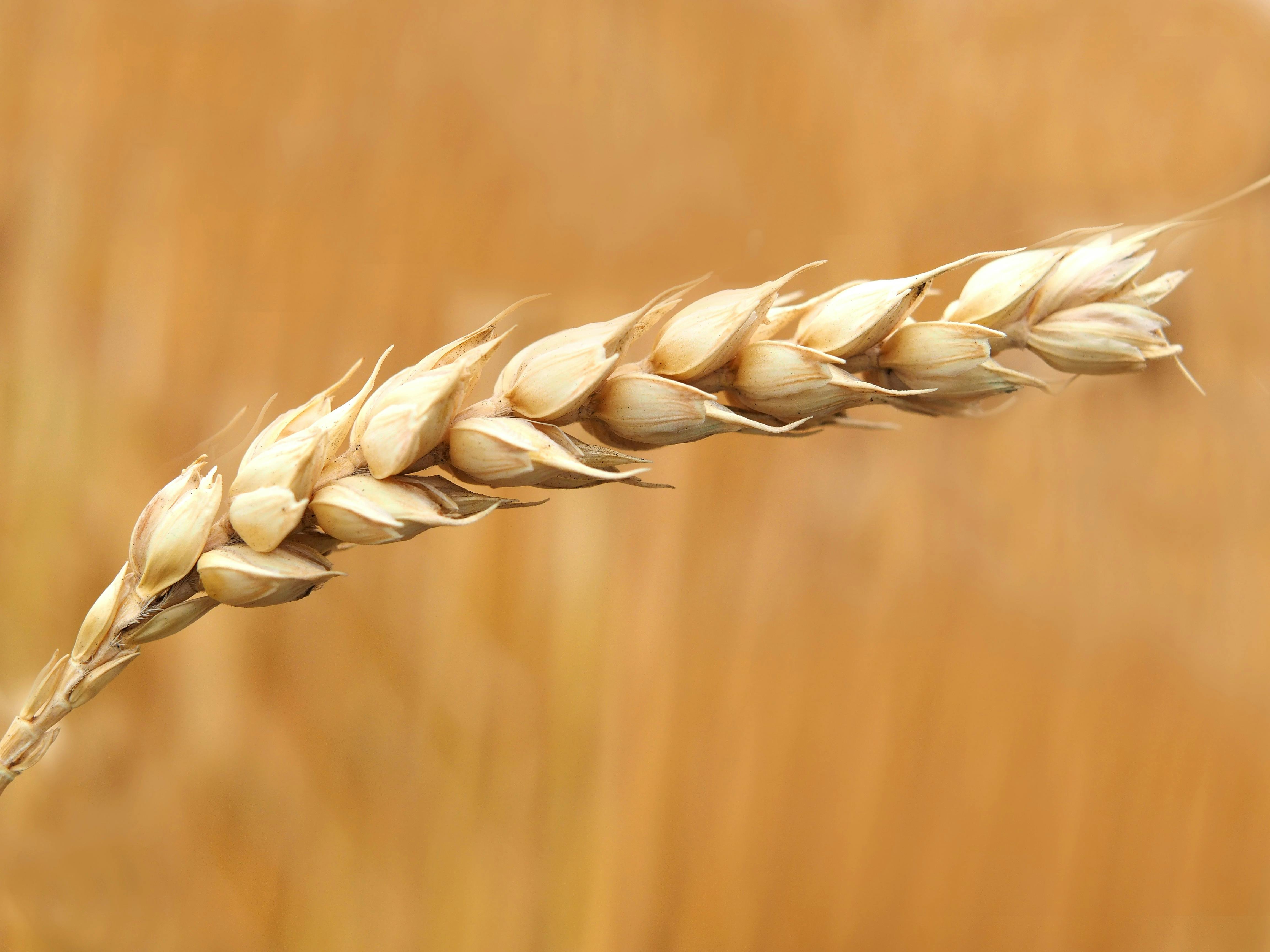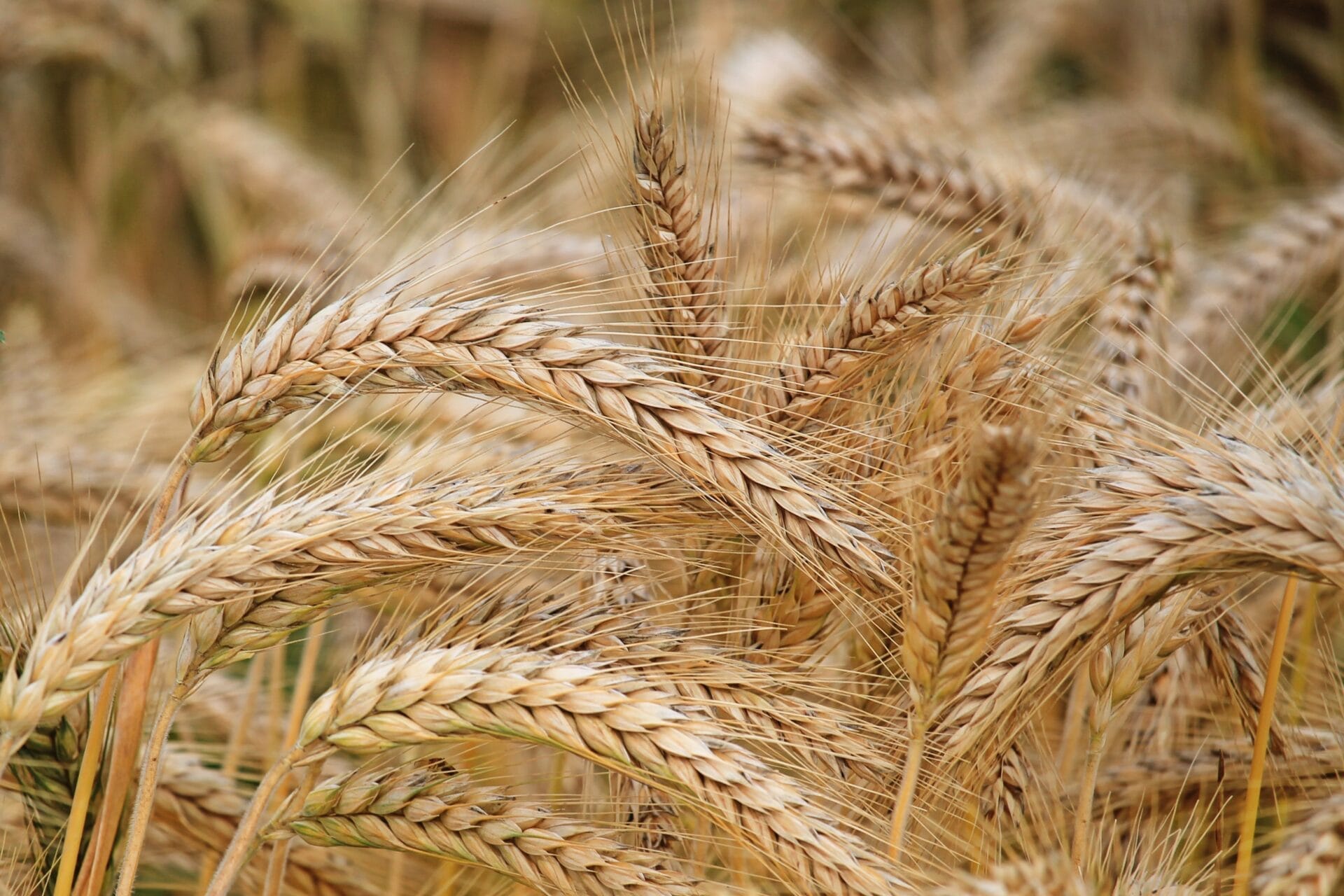Distillers grain is a by-product of the distilling process, which is used for animal feed or in some cases for human consumption. Drying distillers grain is an important step to ensure it has a longer shelf life and can be stored for later use. In this guide, we will explain how to dry distillers grain safely and efficiently.Distillers Grains are a by-product of the ethanol production process. The grains are composed of the residuals of grain that have been fermented to produce ethanol. Distillers Grains are a high-protein feed ingredient that is used in livestock and poultry feeds. They contain significant amounts of energy, protein, fiber, and other essential nutrients needed for animal health and growth.
Benefits of Drying Distillers Grain
Drying distillers grain is a process used in many industries, particularly in the production of alcoholic beverages. The process involves removing moisture from the grain, which can improve its quality and extend its shelf life. Dried distillers grain can be used for animal feed or as a fuel source. It also has numerous benefits for producers and consumers alike.
One major advantage of drying distillers grain is that it reduces the risk of spoilage due to moisture content. This is especially important when storing large quantities of grain for prolonged periods of time. By removing excess moisture, producers can ensure that their product remains safe and viable for an extended period of time. In addition, dried distillers grain is easier to store and transport than wet grain, as it takes up less space and is less prone to contamination or damage during transit.
Another benefit of drying distillers grain is that it reduces the risk of mold growth and contamination. Mold spores thrive in damp environments, making wet grain an ideal breeding ground for them. By removing some of the moisture content from the grain, producers can reduce the risk of mold growth significantly
How to Dry Distillers Grain Using Heat
Distiller’s grain is a by-product of the distillation process, which is used to make a variety of alcoholic beverages. It is composed of various grains, including barley, rye, and wheat. The grain can be dried in several ways, including using heat. There are several advantages to drying distiller’s grain using heat, such as faster drying times and more uniform results. Here is how you can dry distiller’s grain using heat:
Start by setting up your equipment. You will need a large metal container that can withstand high temperatures. Fill the container with the distiller’s grain and place it on an open flame or other source of heat. Make sure that the flame does not come into direct contact with the grain, as this could lead to scorching.
Next, monitor the temperature closely and adjust as needed. The ideal temperature for drying distiller’s grain using heat should be between 160-170°F (71-77°C). Keep an eye on the temperature and adjust it accordingly so that it stays within this range.
Step 1: Collect Distillers Grain
The first step in drying distillers grain is to collect the grain. Generally, this is done by scooping the grain from a large storage container or tank into a smaller container. Depending on the type of grain being used, it can be scooped by hand or using a machine. It is important to ensure that all of the grain has been collected before moving onto the next step.
Step 2: Measure and Monitor Grain Temperature
Once the distillers grain has been collected, it is important to measure and monitor its temperature. This can be done manually or with a temperature-reading device. The goal is to make sure that the temperature does not exceed a certain threshold in order to ensure that the drying process is effective and efficient. If the temperature does exceed this threshold, steps should be taken to reduce it before continuing.
Step 3: Preheat Distillers Grain
Once the temperature of the distillers grain has been monitored and measured, it can be preheated using an appropriate heating device.
How to Dry Distillers Grain Using a Vacuum Oven
Distillers grain is a by-product of ethanol production from grains, such as corn, barley, wheat, and rye. It is used as an animal feed ingredient due to its high protein and fiber content. To maximize the shelf life of distillers grain, it must be dried and stored correctly. The use of a vacuum oven is an efficient way to dry distillers grain. Here are the steps for using a vacuum oven to dry distillers grain:
1. Preheat the vacuum oven to the desired temperature (typically 40°C-50°C).
2. Place the distillers grain in the oven and close the door. The oven must be airtight for maximum efficiency.
3. Activate the vacuum pump and reduce the pressure inside the oven to create a vacuum environment.
4. Monitor the drying process with a thermometer or other device to ensure that the grain does not become overheated or burned.<
Step 1: Collecting the Distiller Grain
The first step in drying distillers grain with a vacuum oven is to collect the grain. This can be done either by manually collecting it from the distillery or by purchasing it already packaged. It is important to make sure the grain is properly sealed and stored in a cool, dry place. Once collected, the grain should be inspected for any signs of contamination or spoilage before beginning the drying process.
Step 2: Pre-Treating the Grain
Before placing the grain in the vacuum oven, it is important to pre-treat it to ensure that no contamination enters into the drying process. This may include cleaning or sieving out any foreign objects, as well as soaking or boiling the grain for a few minutes to remove any bacteria or dirt. Once this step is completed, the grain should then be dried on low heat until all moisture has been removed from it.
Step 3: Vacuum Oven Processing
Once pre-treated, distill
Benefits of Vacuum Oven Drying for Distillers Grains
Vacuum oven drying is a great way to preserve the quality of distillers grains. It is a process that uses low temperatures and low pressures to draw moisture out of the grain, preserving its nutritional content and ensuring that it lasts longer. Vacuum oven drying also reduces the risk of spoilage from molds, pests, and other contaminants. Vacuum oven drying can also increase shelf life by up to four times longer than traditional air-drying techniques. The process is relatively simple and cost-effective compared to other drying methods, making it an attractive choice for distilleries looking to maximize their yield and quality.
Vacuum oven drying has a number of benefits over traditional air-drying techniques. First and foremost, vacuum ovens reduce the risk of spoilage from molds, insects, and bacteria by creating an environment in which these contaminants cannot survive. This means that distillers can produce high-quality grains with fewer chances of contamination or spoilage. Additionally, vacuum ovens use low temperatures and pressures to draw out moisture from the grain without altering its
Maintaining the Proper Moisture Content
Maintaining the proper moisture content is essential for drying distillers grain. The goal is to achieve a moisture content of 10-12%. This can be achieved by using a combination of fans, heat, and airflow. In order to ensure that the grain is not over dried, it is important to monitor the moisture levels closely. If the levels are too low, it could lead to spoilage of the grain.
Monitoring Temperature Levels
Monitoring temperature levels during the drying process is also important. The ideal temperature range for drying distillers grain should be between 105-115 degrees Fahrenheit. If temperatures exceed this range, it could cause damage to the grains and result in spoilage. It is important to use thermometers or other temperature monitoring devices in order to ensure that temperatures remain within this range.
Avoiding Contamination
Another important aspect of drying distillers grain is avoiding contamination. It is essential to keep all equipment used in the drying process clean and free

Conclusion
Distillers grain can be dried using a variety of methods. Drying distillers grain is important for several reasons, such as improving its shelf life and reducing spoilage. The most common method of drying distillers grain is by air drying in open-air piles, however other methods exist such as oven drying and drum drying. It is important to consider the cost and energy efficiency of each method when deciding which type of drying to use. Ultimately, the most suitable dryer should be chosen based on individual needs and preferences.
No matter which dryer type is used, it is essential to ensure proper storage conditions are maintained in order to preserve the quality of the dried distillers grain. Additionally, it is important to adhere to good manufacturing practices when dealing with distillers grain in order to reduce the risk of contamination or spoilage. By following these tips, you can ensure that your dried distillers grain remains safe and nutritious for consumption or further processing.


